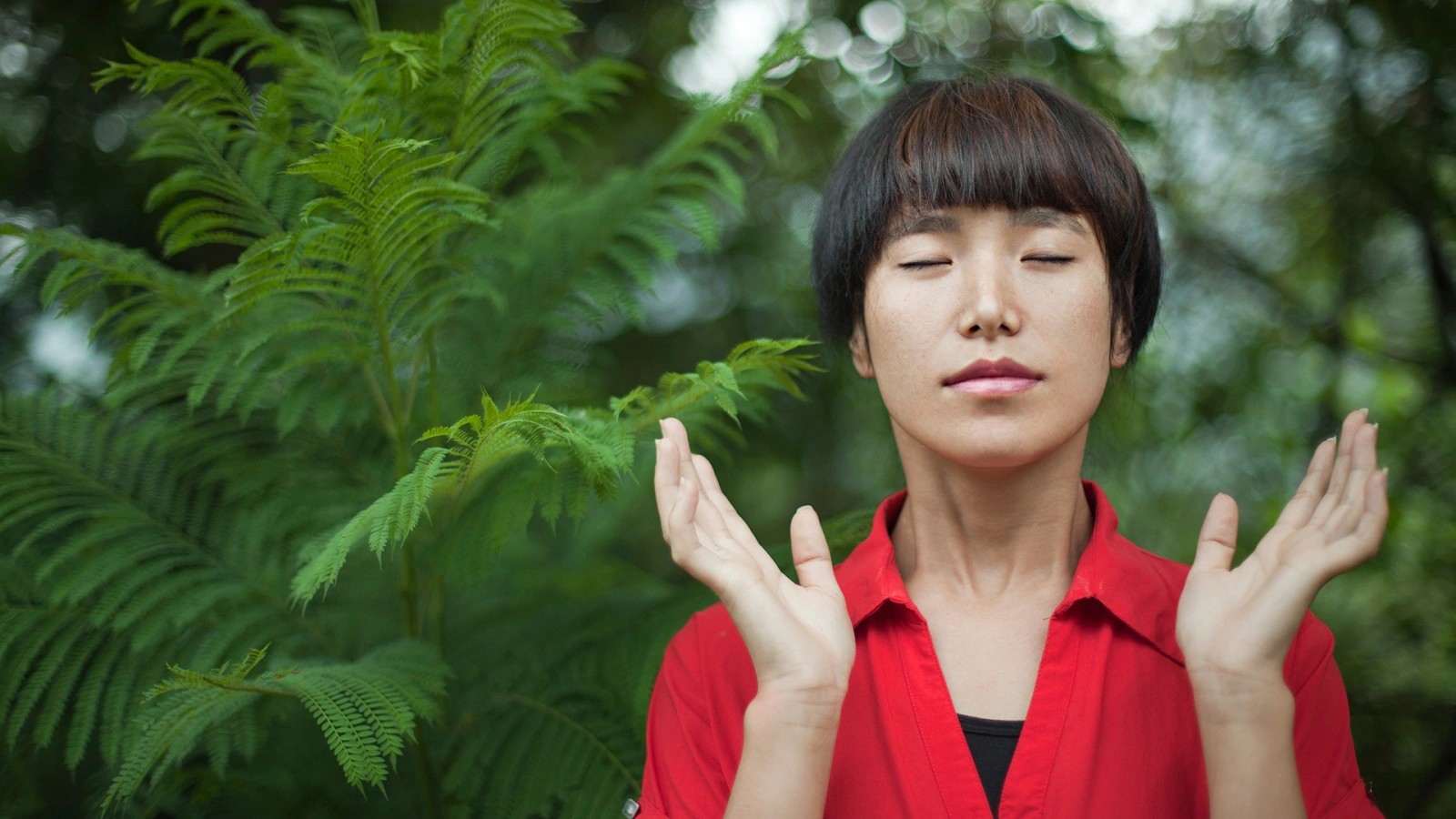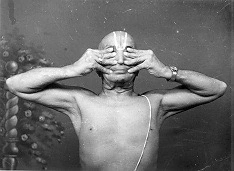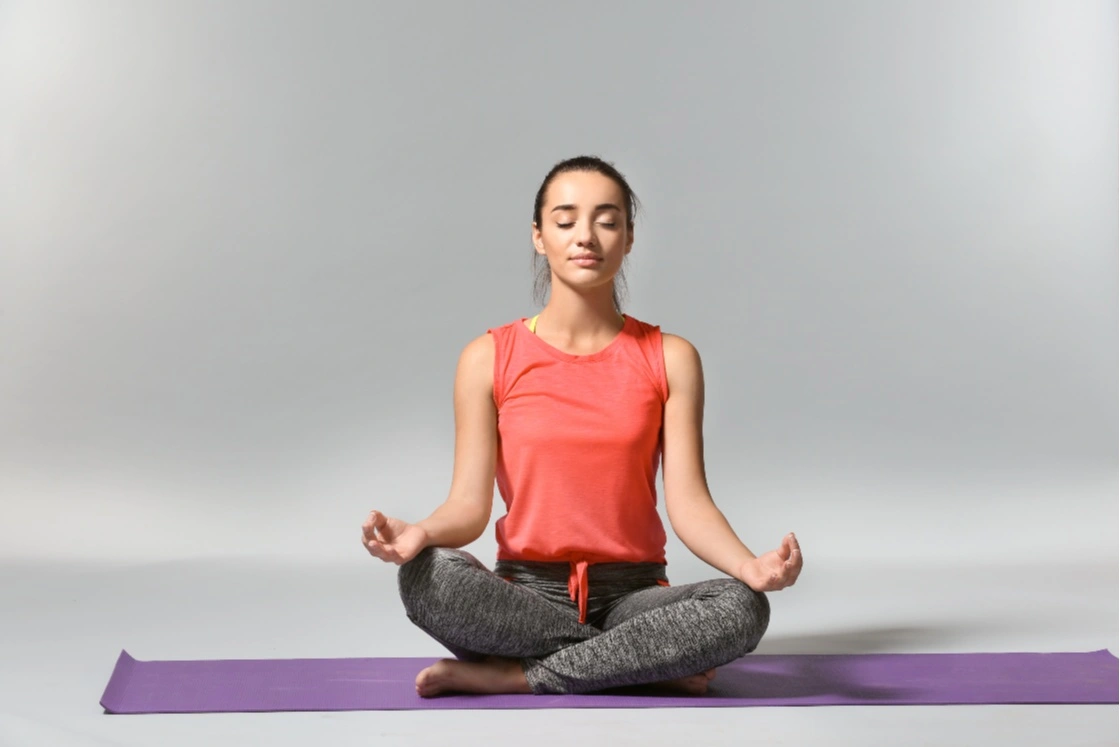Are you tired of feeling stressed out by the busyness of life? Ever wish you could find some peace in the middle of all the chaos? Imagine this: you’re dealing with the ups and downs of everyday life, but deep down, you just want to feel calm and relaxed.
Well, that’s where Pratyahara comes into play. It is like finding a quiet spot within yourself, away from all the noise. But how does it actually work? How can stepping back from everything around you help you feel more peaceful inside? Let’s explore together! We all learn about Pratyahara, an ancient practice that can help us find inner peace. We all share stories, talk about it, and figure out how we can use it in our own lives.
Contents
What is Pratyahara?
Exploring 4 Types of Pratyahara
- Distraction: One of the primary challenges in Pratyahara Yoga Poses is the mind is bent to wander or get distracted by external stimuli. To overcome this, start by practicing in a quiet, calm environment free from distractions. Gradually train your mind to focus inward by gently redirecting your attention to your breath or a focal point whenever you notice your mind wandering.
- Physical discomfort: Sitting still for extended periods can lead to physical discomfort or pain. To address this challenge, experiment with different seated positions such as Sukhasana (Easy Pose), Siddhasana (Adept’s Pose), or Padmasana (Lotus Pose), and use props like cushions or bolsters to support your posture. Regular practice and gradually increasing your sitting time can also help build endurance and reduce discomfort.
- Restlessness: Restlessness can arise when practicing Pratyahara yoga poses, especially if you are accustomed to constant stimulation. Cultivate patience and acceptance by approaching your practice with a non-judgmental attitude. Remind yourself that restlessness is a natural part of the process and gently guide your focus back to your internal experience whenever it arises.
- External distractions: Even in a quiet environment, external distractions like noise or sudden movements can disrupt your practice. Minimize these distractions by choosing a quiet space for your practice and using earplugs or a white noise machine if necessary. Alternatively, you can practice Pratyahara indoors with closed eyes to minimize visual distractions.
- Lack of consistency: Consistency is key to overcoming challenges in any yoga practice, including Pratyahara. Establish a regular practice routine that works for you, whether it’s daily, weekly, or several times a week. Set realistic goals and gradually increase the duration of your practice over time to build resilience and deepen your experience of Pratyahara.
- Lack of guidance: If you are new to Pratyahara and struggling to progress in your practice, seeking guidance from an experienced yoga teacher or mentor can be invaluable. Consider attending a Pratyahara workshop or enrolling in a yoga class that includes Pratyahara techniques. A knowledgeable instructor can provide personalized guidance and support to help you navigate challenges and refine your practice.






